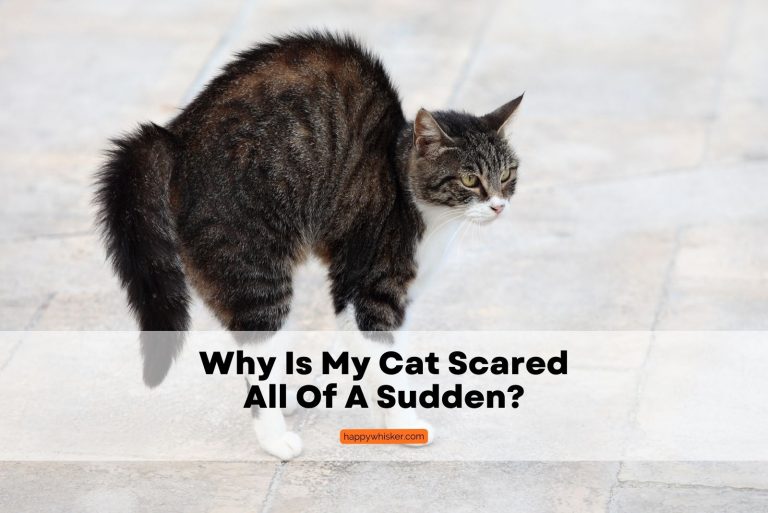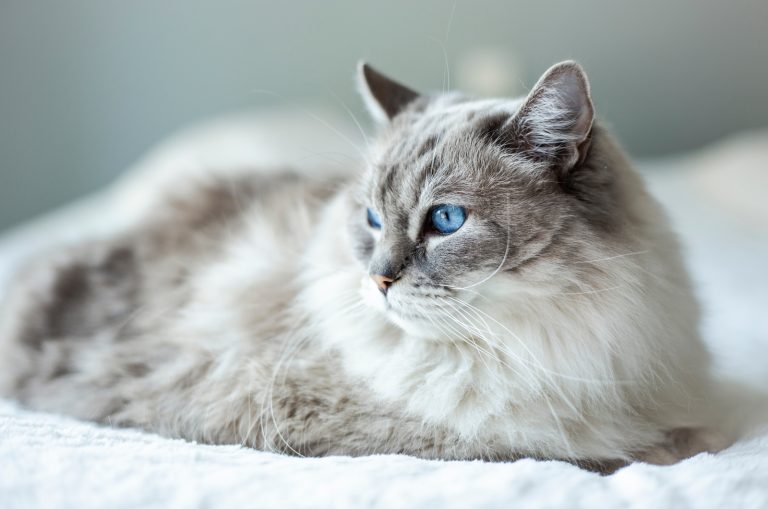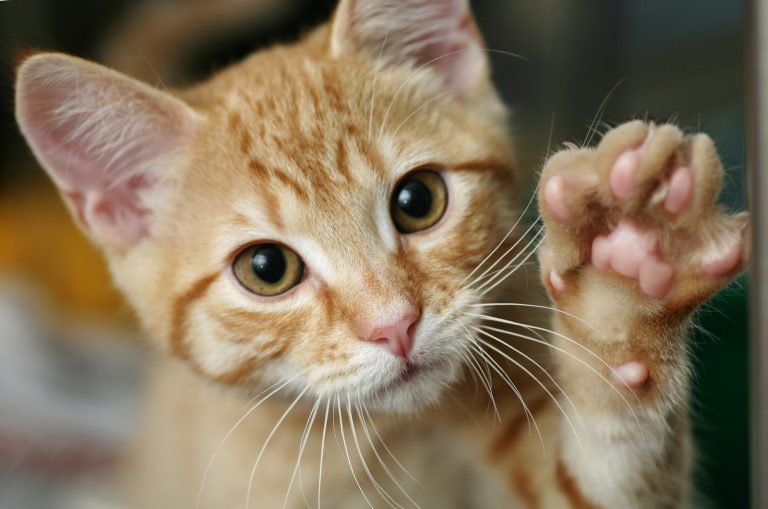What Does It Mean When My Cat Is Limping But Not Crying?

A cat limping always means that something is wrong and that you should start monitoring them closely and seek veterinary advice.
If my cat is limping but not crying that doesn’t necessarily mean they’re not in pain. A certain problem is causing them discomfort and it is affecting their daily activities.
Cats are known to be independent animals; most cat owners know that they’re great at hiding their pain. Therefore, if a cat is limping but not crying, it may mean that she just doesn’t want to show you that she’s vulnerable.
However, if you notice your feline limping all of a sudden, pay more attention to her behavior, and contact your veterinarian to determine the underlying cause and treat it promptly to get your cat back to full health.
My Cat Is Limping But Not Crying – Possible Causes & Treatments!
A cat won’t start limping without a reason, and some of the possible reasons may be quite serious and require professional help. Therefore, if you think: ‘My cat is limping but not crying so it’s nothing serious,’ that’s not true!
Cats usually hide their pain because they won’t show any vulnerability. So, any sign of limping or lameness may indicate serious health issues that require special attention.
So, read on to discover the potential cause of the limping!
Broken Bones
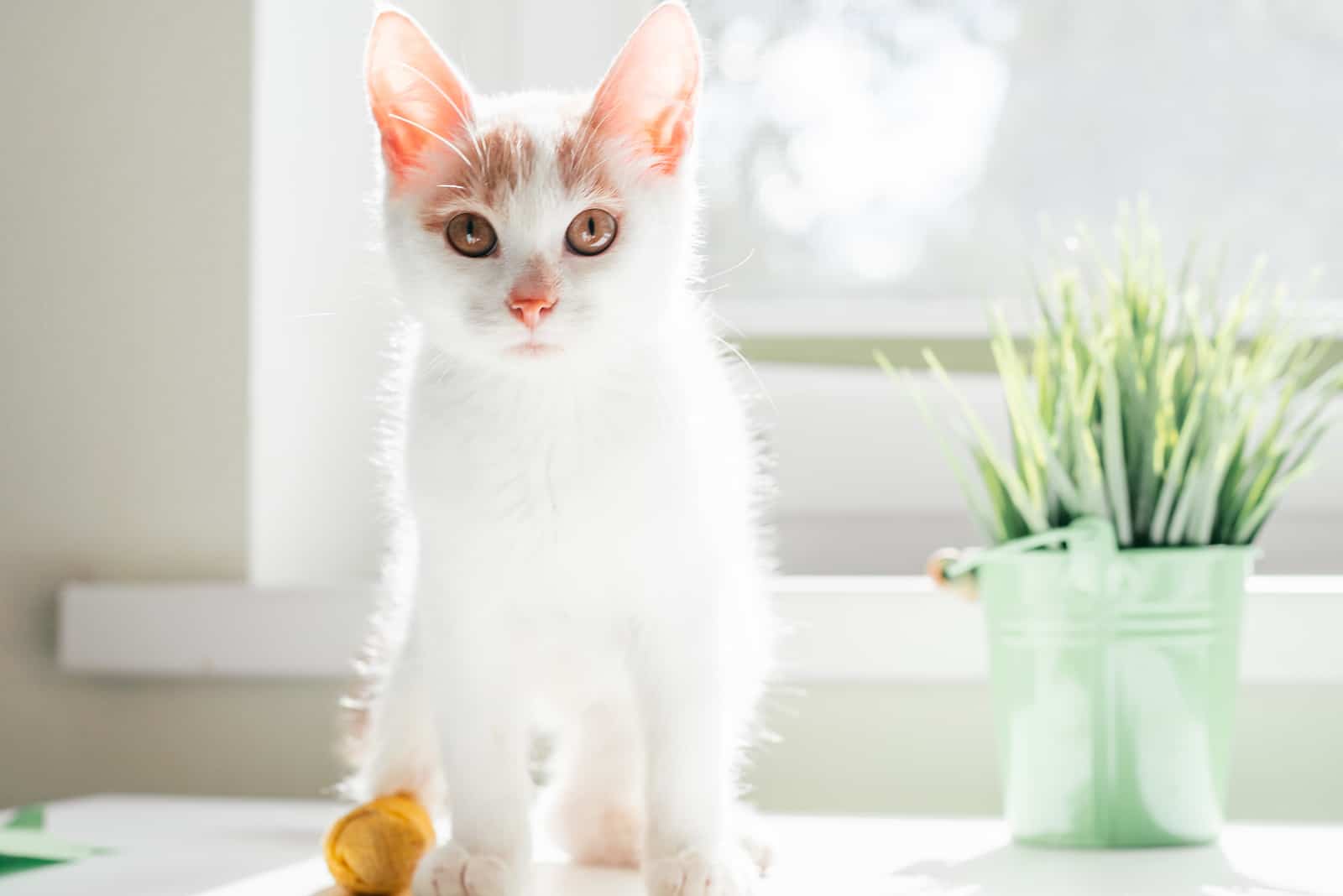
If your cat’s limping, the immediate worry is that they may have broken something. Cats, especially outdoor cats, are prone to breaking a leg or other bone due to car accidents or jumping from high places.
If you suspect that your feline is limping because of a broken leg, check for other symptoms such as:
• Swollen leg
• Dangling limbs
• Leg hanging loose
• Painful area
If you notice any of these symptoms, the best thing to do is to take your cat to the vet. An X-ray will give you more insight, and based on the diagnosis, the vet will recommend treatment.
Serious conditions may require surgery, whereas some minor fractures will heal themselves with just bandages or a splint to help the fractured area grow back together properly.
Paw Pads Issues
My cat is limping but not crying? Check your cat’s paw pads.
Various injuries to a cat’s paw pads such as burns, scrapes, or cuts, may cause your cat to limp. So, make sure you check your feline’s paw pads and note if they’re swollen or bleeding so you can tell your vet about it.
The course of treatment will depend on the underlying cause of the injury, so read on to learn more about some of the most common causes of paw pad injuries.
Insect Or Plant Stings
Your cat limping may be the result of insect bites or plant stings. Cats who wander in nature are more likely to have these issues.
If the insect bites your feline it may result in swollen paw pads which causes your cat discomfort while walking.
Also, she may accidentally step on a thorn. Therefore, if you notice your cat limps then make sure you check your cat’s paw pads and take out the thorn if that’s the problem, or look for other symptoms and contact your vet.
These injuries aren’t usually that serious, however, they require your attention because they’re affecting your cat’s life.
Objects Stuck In A Paw Pad
Limping may be a result of foreign objects stuck in a cat’s paw pads. If that’s the case, check your cat’s paw pads and use tweezers from a first aid kit to remove the object carefully.
In addition, you should check the sensitive area and clean and sterilize any open wound to prevent further complications.
Feline Plasma Cell Pododermatitis – Pillow Foot
Feline plasma cell pododermatitis is a common condition in cats. Some of the symptoms of this condition are swelling, abscesses, and lesions, which cause your cat pain and discomfort. This condition is also called pillow foot because of the swelling.
The condition is usually treated with Doxycycline and Cyclosporine, but surgery may be required for serious cases.
Cutaneous Horn
A cutaneous horn is a skin condition common for cats that happens due to the overproduction of keratin. They’re usually found on cats’ paw pads, however, they can appear on different parts of the body.
This forms a hard growth on the paw pads that usually doesn’t affect a cat’s movements, but in some cases, it may cause your feline discomfort. If that is the case, it needs to be removed by a professional.
Claw Issues

Taking care of a cat’s claws is very important for the cat’s health. If you don’t clip your cat’s nails often and properly, it can lead to certain cat claw issues.
Overgrown claws may curl inward leading to ingrown nails. This may be extremely painful for your feline, so if you suspect that an ingrown claw is the cause of your cat limping, take your cat to the vet to solve the problem properly.
Arthritis
Arthritis is another condition common for cats. However, it’s more likely to develop in older cats.
If you notice your feline is less active and not as interested in play, or that she’s having difficulties with other activities due to weak back legs, then arthritis may be the answer.
Unfortunately, when arthritis occurs, there’s not much to be done. It cannot be cured, so the vet can only prescribe painkillers or some anti-inflammatory medicines or supplements to help your kitty get through it easier.
However, there are other things you can do to help your feline friend. You should provide her with a soft cat bed, and you can massage her joints. Most importantly, make sure you’re using a low-sided litter box so that your cat can use it properly.
Soft Tissue Injuries
Soft tissue injuries are one of the most common causes of limping. This is essentially a sprain affecting a muscle. As is often the case with a broken bone, a soft tissue injury is often the result of bad movement.
In less serious cases, your cat will just need some rest and recovery time to get better. It’s important to prevent your feline from running or jumping around. Provide her with soft cat beds, and if you cannot control your kitty, then it would be best to put her in a larger pet carrier.
However, in serious cases, your cat will need physiotherapy or a support splint.
Bacterial/Fungal Infection
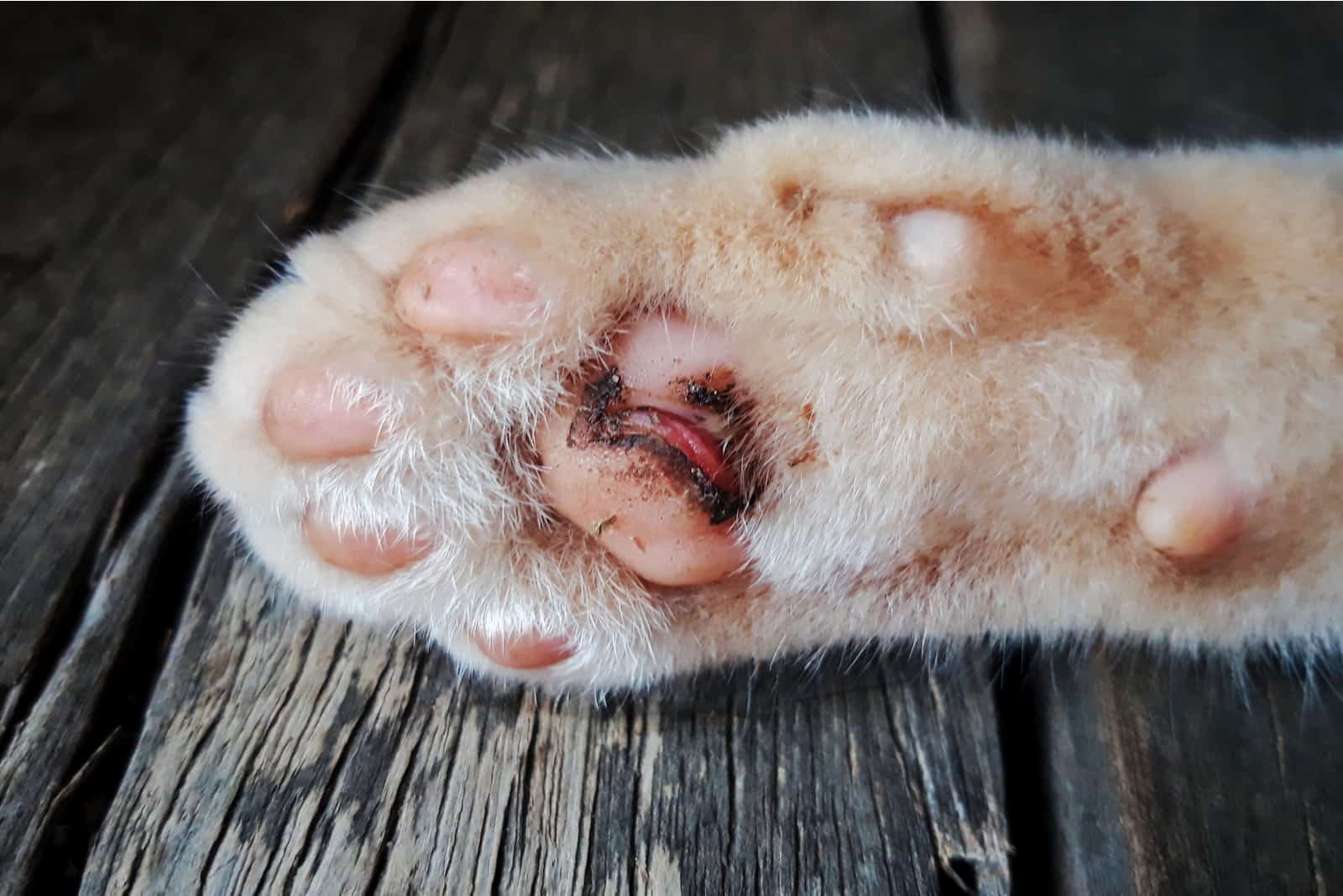
Bacterial or fungal infections usually create abscesses that result in cat limping. If you notice this, you must take your cat friend to the vet to drain the abscess and take care of the wound.
However, many infections may be a result of the following conditions. Read on and find out!
Bartonella Henselae – Cat Scratch Disease
Usually, cats with this disease don’t have symptoms, however, a cat owner may notice that when a cat scratches your skin it starts itching.
However, this condition may cause cat lameness and lead to serious conditions such as bone infection.
Luckily, this condition is treatable. The vet will prescribe antibiotics and recovery may take up to 6 weeks.
Feline Calicivirus – FCV
This is an upper respiratory infection that may affect both young and adult cats. This condition is likely to cause arthritis in the cat’s joints and even swelling and it may cause serious complications in older cats. Luckily, it’s treatable with antibiotics.
Coccidioidomycosis
Coccidioidomycosis is a fungal infection that mostly affects outdoor cats that enjoy digging.
This condition is followed by symptoms such as fever, breathing difficulties, coughing, and swollen joints. Swollen joints may cause your feline to limp because it’s difficult to freely move her back or front legs.
Parasites
Parasites are another common reason for a cat’s limping and lameness.
Usually, the problem is due to heartworms that get into a cat’s body via a mosquito bite. Heartworms get to the cat’s heart and lungs through the blood. Limping and lameness may be the only noticeable symptoms.
Diabetes
Believe it or not, diabetes can cause your cat to limp. A cat that suffers from diabetes may experience neuropathy which is numbness in the cat’s legs, which means that a cat has difficulties with walking.
Other important symptoms of diabetes are:
• Lethargy
• Weakness
• Frequent urination
• Excessive thirst
• Vomiting
• Weight loss
This condition cannot be cured because neuropathy causes nerve damage. However, the condition can be controlled and prevented from getting worse.
Fibrotic Myopathy
This condition is, in most cases, a lifelong issue. It causes lameness in the legs which leads to a cat limping. If you notice your cat limping, make sure you always check it out with your vet because the feline may be in great pain.
Musculoskeletal Issues
The reason for a cat’s limping may be due to musculoskeletal issues. These particular issues are usually discovered in early life.
These problems may occur due to hip dysplasia, a condition that affects your cat’s walking. Hip dysplasia is a common health issue for particular cat breeds such as Persians, and female cats are more prone to it.
How To Know If A Cat Is In Pain?

As previously mentioned, cats are great at hiding pain. They naturally won’t want to show that they’re vulnerable, even to their owner. However, when they come to you for your help, then it means that it’s high time to do something.
It’s important to react in good time, so here are a few things that cats do when in pain so that you can react if you notice some of these behaviors, as they’re main signs of pain:
• Frequent hiding
• Loss of appetite
• Weight loss
• Signs of aggression
• No grooming
• Tender spots
• A cat purrs a lot
• Excessive meowing
When Should I Take My Cat To The Vet For Limping?
When you should take your cat to the vet depends on the cat’s condition. If your cat is just limping, make sure that you monitor her closely, and see if there are any accompanying symptoms before taking her for veterinary care.
If the limping continues after 24 hours, even without other serious symptoms, then you should take your cat to the vet. The vet will run tests to find the underlying cause, and after that, he’ll give your feline the proper treatment for whatever condition has been diagnosed.
However, if you notice symptoms such as bleeding, open wounds, or similar, along with limping, then you should take your feline to the vet immediately, to avoid possible infections or similar.
FAQ
Can A Limping Cat Heal Itself?
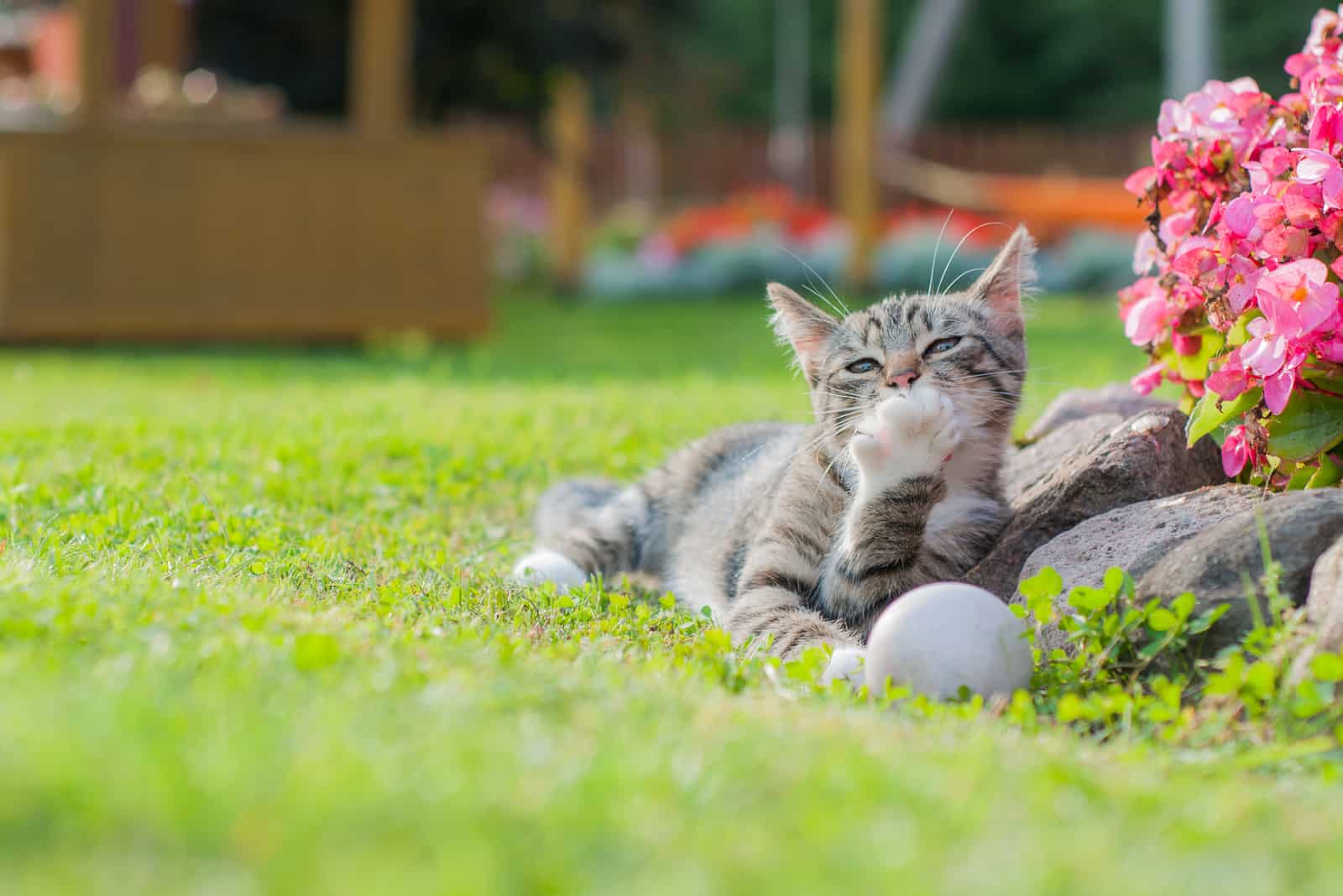
If your cat’s limping because of minor, less serious injuries, such as a sprained muscle, then it’s most likely that she’ll heal herself. However, if the injury is more serious then it requires the vet’s attention.
Sometimes, even though it’s a less serious injury, your cat may require a dressing so that the fracture grows back together properly.
How Can Limping Affect Cats?
Limping may affect cats badly in many ways. It may affect the cat’s movements and her daily activities. Most importantly, she may feel pain that disrupts her routine and it may even lead to a lack of appetite.
Why Is My Cat Limping Out Of Nowhere?
If you notice your cat limping all of a sudden, it may be due to various injuries, infections, or other medical conditions affecting the bones, skin, muscles, paws, ligaments, or similar. No matter what the underlying cause is, it‘s important to consult with the vet about the problem and take your cat for a check-up if necessary.
What Should I Do If My Cat Is Limping?
If you notice your cat limping, start monitoring your feline’s behavior and look for other accompanying symptoms. Also, it’s very important to contact your veterinarian and inform him about the cat’s condition, and take your feline for a check-up.
What Kind Of Pain Medication Can Cats Take For Limping?
The use of pain medications depends on the common cause of the limping. It’s important not to give your cat anything on your own. Consult with the vet and only give the cat medicines that your vet prescribes.
For this issue, the vet may prescribe anti-inflammatory medicines, painkillers, or other supplements that may help your cat.
In Conclusion
So, if you’re thinking: ‘My cat is limping but not crying,’ that doesn’t mean that the cat is limping but not in pain.
Almost every pet parent knows that cats are great at hiding pain. They’re usually independent and won’t run to you every time they have a problem.
When a cat comes to you for your help, it means that it’s time to react. However, there are other behaviors typical for cats in pain. So, if you suspect that your cat is in pain, try looking for certain behaviors, such as hiding, meowing, loss of appetite, etc.
Moreover, the reason for a cat’s limping may vary from milder to more serious conditions. If you notice your cat limping, make sure that you check it carefully and contact your veterinarian to inform him about the cat’s condition. In serious scenarios, take your pet to the vet immediately.

